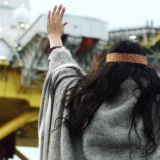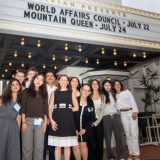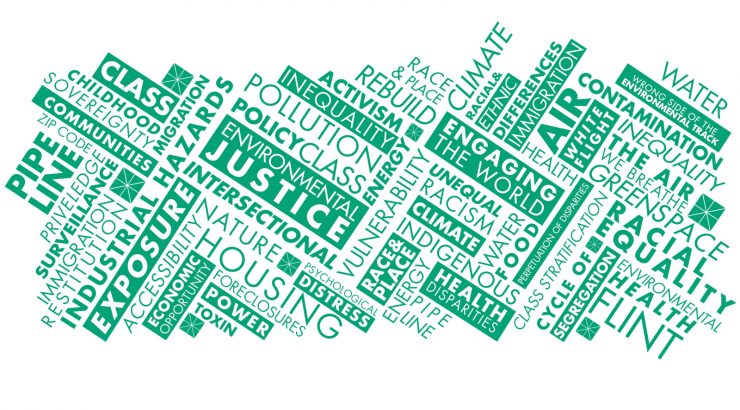
Environmental Justice: Making a Difference Faculty Research Panel
November 12, 2021
As part of Wilkinson College’s Engaging the World: Leading the Conversation on Environmental Justice, Dr. Georgiana Bostean (Environmental Science, Health and Policy) moderated a faculty research panel with Dr. Matthew Ballew (Psychology), Dr. Jason Douglas (Health Science), and Dr. Richelle Tanner (Environmental Science) to learn more about their research in the areas of environmental health and environmental justice, and potential ways for students to get involved in environmental justice research, advocacy, and the movement.
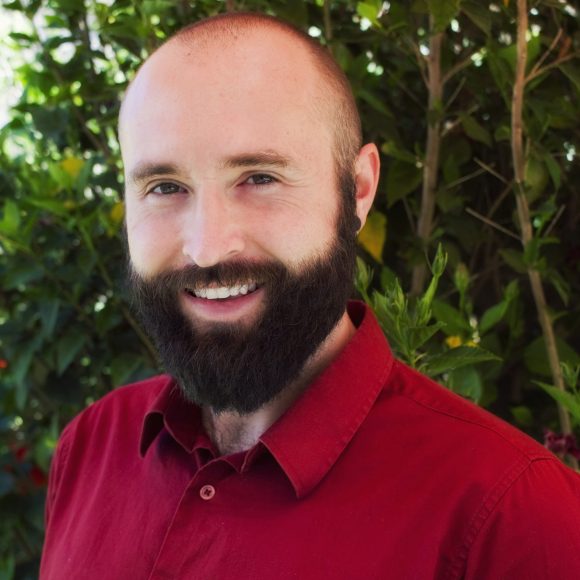 Dr. Matthew Ballew is a social-environmental psychologist interested in how people are affected by their environment and how they affect their environment. Dr. Ballew helped develop a tool at Yale University to visualize changes in opinions about climate change across different demographic groups.
Dr. Matthew Ballew is a social-environmental psychologist interested in how people are affected by their environment and how they affect their environment. Dr. Ballew helped develop a tool at Yale University to visualize changes in opinions about climate change across different demographic groups.
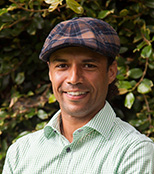 Dr. Jason Douglas’s research leverages community-based participatory frameworks to investigate social and environmental determinants of public health disparities. Dr. Douglas specializes in community engagement methodologies to identify public health concerns and advocate for change.
Dr. Jason Douglas’s research leverages community-based participatory frameworks to investigate social and environmental determinants of public health disparities. Dr. Douglas specializes in community engagement methodologies to identify public health concerns and advocate for change.
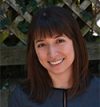 Dr. Richelle Tanner studies the effects of climate change on coastal communities, including human and ecological communities, and how they interact with each other. A core tenant of Dr. Tanner’s research is to increase environmental literacy by engaging multiple stakeholders.
Dr. Richelle Tanner studies the effects of climate change on coastal communities, including human and ecological communities, and how they interact with each other. A core tenant of Dr. Tanner’s research is to increase environmental literacy by engaging multiple stakeholders.
Because environmental justice work is inherently interdisciplinary, there are opportunities for students of all academic backgrounds.
Douglas encouraged students to reflect on their reasons for wanting to get involved. “What are your values? Do you have a social justice orientation? Are your values committed to developing empowerment pathways to create real change? Are your values about addressing specific inequities?,” he asked. Once your values are identified, he advised students to seek out connections with community-based and national organizations that are doing the work that aligns with your interests and values. A vast number of organizations, groups, and individuals are working collaboratively to advocate for change to address environmental and social challenges, he noted.
Dr. Ballew expressed his admiration for younger generations getting involved in advocacy work. He said, “Younger generations from diverse groups, especially women and other historically marginalized groups, are our target right now to raise their voice and get them into leadership positions in ways that they can influence corporations and policies.”
Dr. Tanner’s advice is that “we all have a part to play in this advocacy journey. We don’t all have to play the same part, and there are lots of different ways to contribute, from showing up at a town hall meeting to advocate for change, supporting the infrastructure behind an organization, or doing the research. You never have to feel like you’re alone in this battle.”
Dr. Ballew emphasized the importance of leveraging art and culture as a captivating medium to communicate more complex research projects. It’s also important to leverage community engagement by normalizing these discussions in everyday conversation. Dr. Douglas recommended sharing the research and data with the affected communities to empower that community, identify what the data really means, and learn how it can be used to advocate for real-world change.
It’s critical to understand the perspectives of the people who can benefit from the research and garner collective buy-in participation from the community to build an advocacy movement to ensure that decision-makers and policymakers address social and environmental challenges in a way that considered the perspectives of affected community members.
A recording of the discussion and podcast are available on the ETW website.
